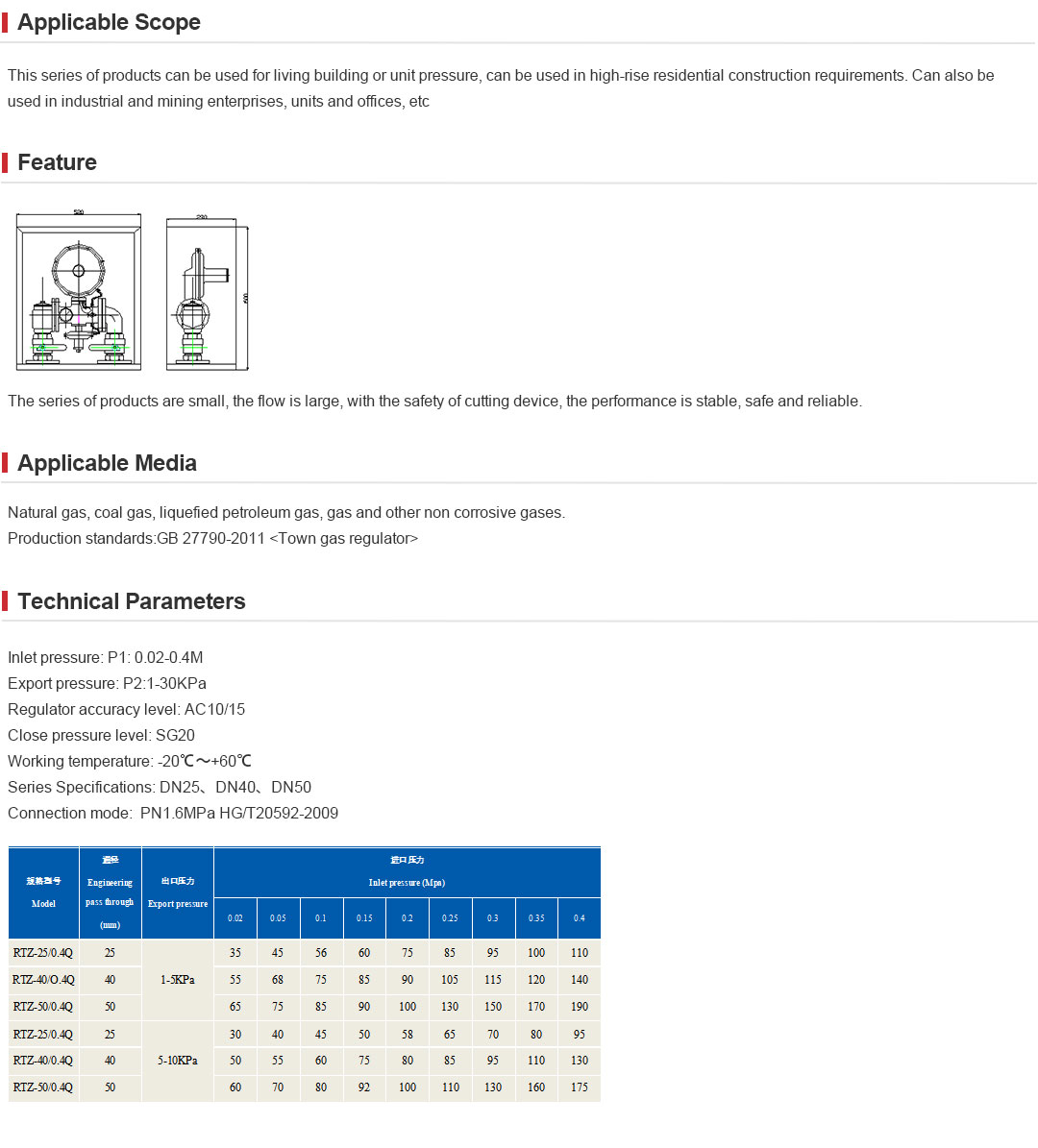
Dec . 10, 2024 12:10
Back to list
reducing station
Understanding Reducing Stations Their Role and Importance in Modern Infrastructure
Reducing stations play a crucial role in the overall functionality and efficiency of energy and utility systems. These facilities are designed to lower the pressure of gas or other types of fluids to a manageable level for distribution and use. As urban areas continue to expand and energy demands rise, understanding the purpose and operation of reducing stations becomes increasingly important.
The Function of Reducing Stations
At a fundamental level, a reducing station serves the purpose of minimizing the pressure of gas or liquids coming from high-pressure sources, such as pipelines that transport natural gas from extraction sites to cities. The primary objective is to ensure that the pressure is safe and suitable for consumer use. This reduction is essential because high-pressure gas can pose risks, including leaks, explosions, and damage to pipelines when the gas is fed into lower-pressure systems.
Reducing stations are equipped with specialized valves and regulators that can adjust the pressure according to predetermined settings. These stations also incorporate safety mechanisms, including relief valves that release excess pressure to prevent catastrophic failures. The reduced pressure thus enables the safe delivery of gas to homes, businesses, and industries, where it can be used for heating, cooking, and powering machinery.
Components of Reducing Stations
Typically, a reducing station consists of several key components
1. Pressure Regulators These are the heart of the reducing station, controlling the gas flow and maintaining pressure levels within designated limits.
2. Safety Valves In case of overpressure situations, safety valves act as fail-safes that release excess pressure, ensuring that the system remains safe.
3. Flow Meters These devices measure the amount of gas passing through the station, helping operators monitor usage and detect potential issues.
reducing station

5. Control Systems Modern reducing stations often feature automated control systems that allow operators to monitor and adjust settings remotely, improving overall efficiency and responsiveness.
Importance in Urban Development
As urban infrastructure continues to evolve, reducing stations have become increasingly integral to energy distribution networks. With the surge in population and industrial activities, cities require reliable energy sources that can adapt to fluctuating demands. Reducing stations facilitate this by ensuring that high-pressure gas can be safely converted into lower-pressure systems suitable for residential or industrial use.
Furthermore, these stations contribute to environmental sustainability initiatives. By ensuring that gas is efficiently delivered and used, reducing stations help to minimize waste and leaks, aligning with broader goals of reducing greenhouse gas emissions.
Challenges and Innovations
Despite their importance, reducing stations face several challenges. Aging infrastructure can lead to inefficiencies, with older stations consuming more energy to reduce pressure or failing to maintain safety standards. Additionally, as the energy landscape shifts—especially with the integration of renewable energy sources—reducing stations must adapt to new types of gases, such as hydrogen, which may require different materials and technologies.
Innovations in technology are helping to address these challenges. Advanced monitoring systems using Internet of Things (IoT) technology can provide real-time data on pressure levels, allowing for predictive maintenance and enhanced safety protocols. Furthermore, research into new materials and designs for pipelines and valves can improve the efficiency and safety of reducing stations in the long run.
Conclusion
In summary, reducing stations are a vital component of modern infrastructure. They not only ensure the safe delivery of energy but also contribute to the efficiency and sustainability of urban environments. As cities grow and energy demands evolve, the role of reducing stations will only become more significant, emphasizing the need for continued innovation and improvement in this sector. By understanding their function, importance, and the challenges they face, stakeholders can better appreciate how reducing stations help power our lives while maintaining safety and promoting environmental responsibility.
Next:
Latest news
-
Safety Valve Spring-Loaded Design Overpressure ProtectionNewsJul.25,2025
-
Precision Voltage Regulator AC5 Accuracy Grade PerformanceNewsJul.25,2025
-
Natural Gas Pressure Regulating Skid Industrial Pipeline ApplicationsNewsJul.25,2025
-
Natural Gas Filter Stainless Steel Mesh Element DesignNewsJul.25,2025
-
Gas Pressure Regulator Valve Direct-Acting Spring-Loaded DesignNewsJul.25,2025
-
Decompression Equipment Multi-Stage Heat Exchange System DesignNewsJul.25,2025

